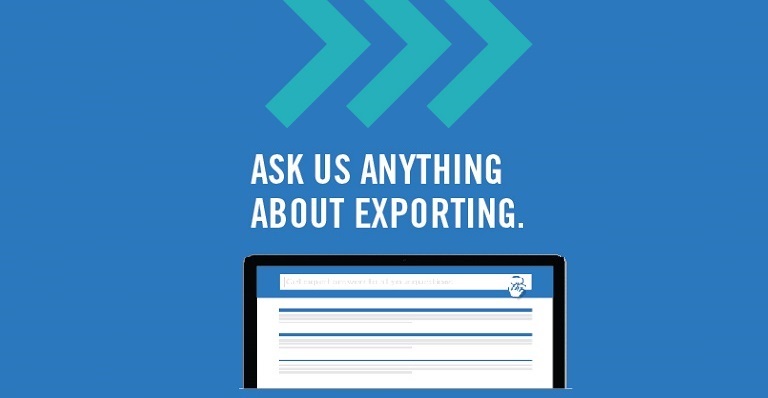Today, just 16% of Canadian small- to medium-size enterprises (SMEs) are majority-owned by women, and only 11% of these businesses currently sell their products and services beyond our borders. This represents an enormous opportunity for women entrepreneurs.
In my role as corporate lead for Export Development Canada’s women in trade strategy, I’m focused on working directly with Canadian women entrepreneurs to help them grow their businesses by expanding internationally.
As a former entrepreneur and exporter myself, I’ve experienced firsthand many of the challenges women-owned and -led businesses can encounter when they take their products and services to new markets outside Canada.
But I also know that it’s worth the risk. Compared to companies that only do business domestically, exporters are more successful. They sell more products and services, generate more revenue and are more profitable.
Challenges of exporting
At the same time, I know the risks of becoming an exporter are real and taking that first step can be a challenge for many women entrepreneurs. When contemplating a momentous business decision like this, women often take a holistic view and consider not just the implications for their businesses, but also for their families and their lives as a whole. This can make an already difficult decision seem even more daunting. But with the right mindset, making the decision to move forward can be very exciting and empowering.
Once you’ve made the decision to start exporting, another key challenge is deciding where to export. In my experience, starting in the United States, where there are no language barriers and the cultural similarities vastly outnumber the differences, is a sound strategy.
If you want to explore opportunities beyond the U.S., consider taking advantage of the benefits provided by Canada’s numerous free trade agreements. These agreements give Canadian businesses preferential treatment in markets with 1.5 billion potential consumers, which is a huge advantage. They include:
- The Comprehensive and Progressive Agreement for Trans-Pacific Partnership (CPTPP);
- Canada-European Union Comprehensive Economic and Trade Agreement (CETA); and
- the new Canada-United States-Mexico Agreement (CUSMA).
Having enough capital to follow through on their export plans might be the biggest barrier that women entrepreneurs need to overcome in their exporting journey. This includes having access to working capital to finance export plans, and also having the right human capital to execute on them.
One of my key responsibilities at EDC is to understand and remove barriers for women entrepreneurs. Along with my team, I help them acquire the knowledge and skills they need to succeed, and provide them with the financial and risk-mitigation tools that will enable them to expand with confidence. We also help women entrepreneurs identify opportunities and connect them with relevant buyers and partners to accelerate their growth.
You should also check out
How EDC can help
EDC has many solutions and programs in place to support women exporters. We have earmarked $250 million for the women’s entrepreneurship strategy, making it available on commercial terms to ensure that women entrepreneurs who are making plans to export, or are already exporting, are aware of and can access the full range of financing and risk-mitigation tools that are available.
Earlier this year, EDC announced a new $50-million Women in Trade Investments Program to provide equity capital for high-growth Canadian women entrepreneurs. It’s a commitment that complements the rest of EDC’s solutions to serve the needs of women-owned and -led businesses engaged in exporting.
As mother of two daughters, a champion for Canadian businesses, and a former entrepreneur, the opportunity to support more women as they expand their companies to new markets abroad is something that motivates and energizes me. With EDC as your trusted partner, you can succeed in your export journey, so I challenge you to dream big, be daring and take on the world.








